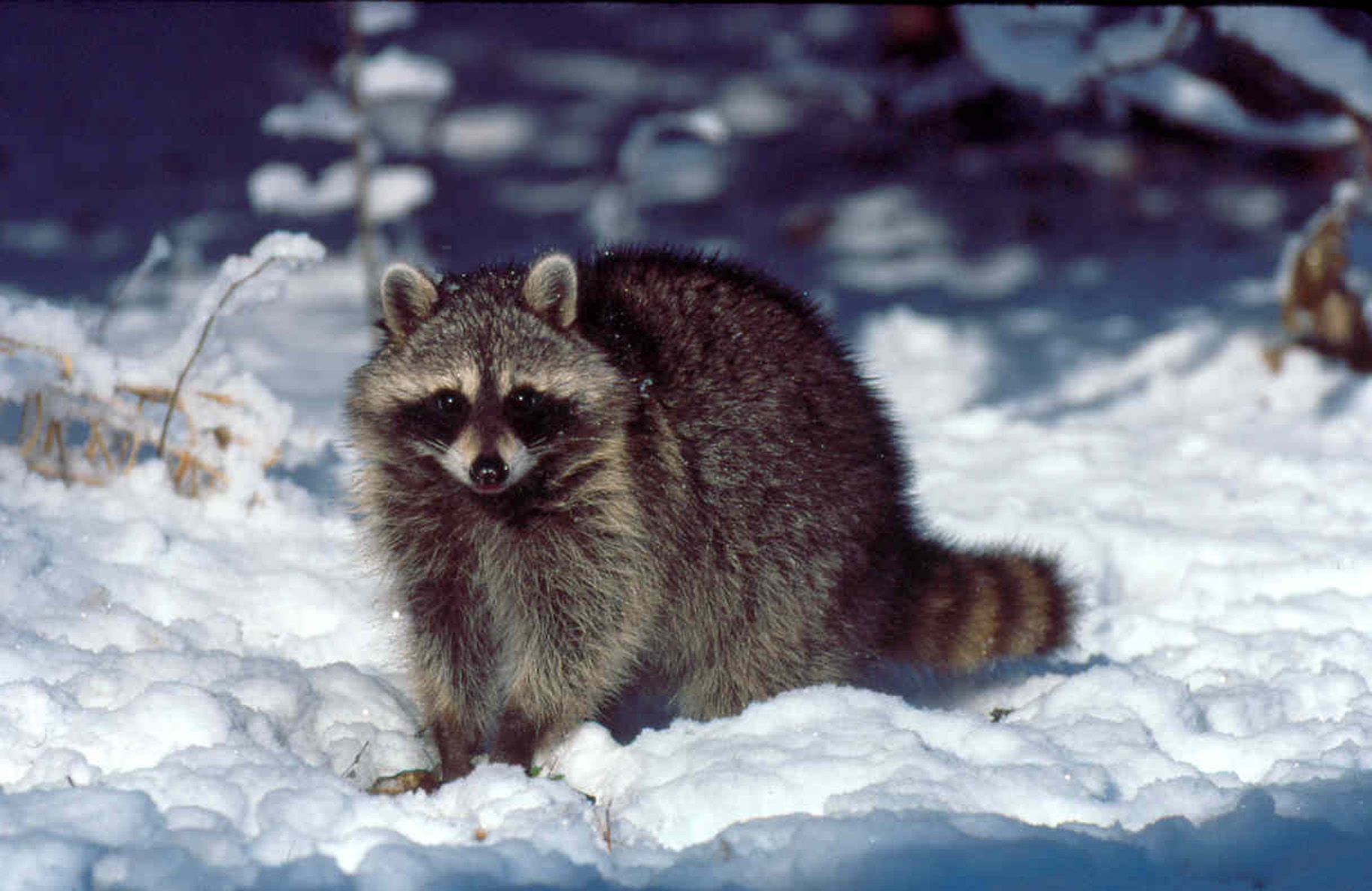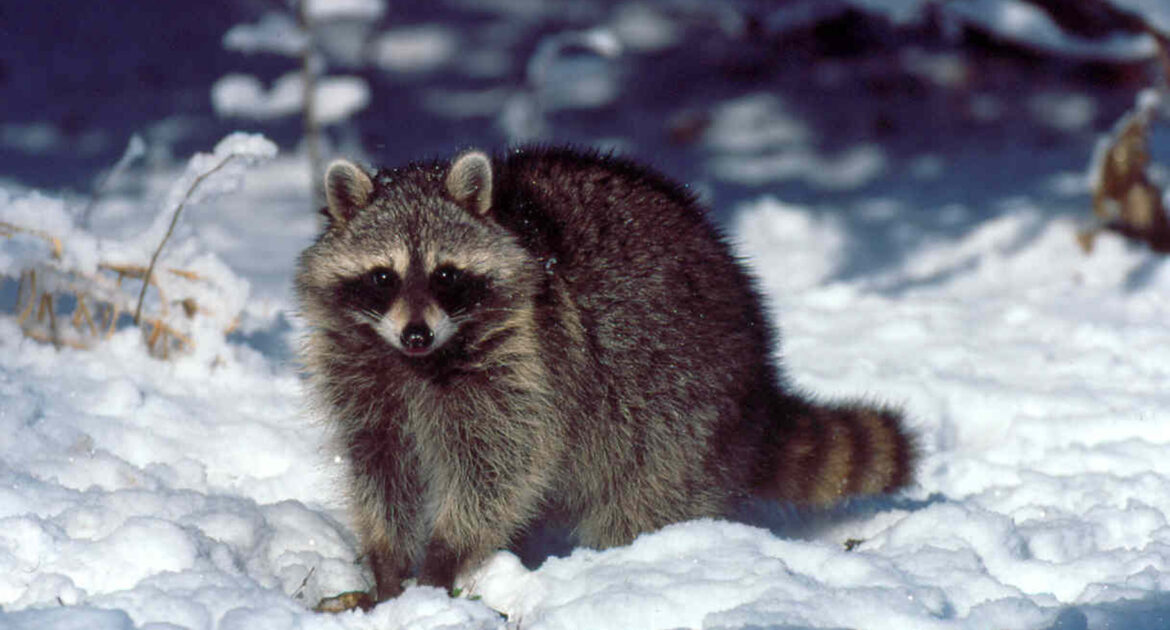Living in Annapolis, Maryland, means that we are no strangers to the cold. As the winter months approach, it’s not uncommon to find our furry neighborhood friends taking up residence in our yards, sheds, and sometimes even in our homes. When it comes to raccoon removal in Annapolis, homeowners may underestimate just how adaptable these animals are to the cold weather. But did you know that raccoons are some of the most adaptable mammals on the planet?
In this blog post, we explore the incredible adaptations that allow them to survive and thrive in cold climates and how we can effectively get rid of raccoons that have decided to make their home a little too close to ours. Understanding these adaptations and behaviors can help us be better stewards of our shared ecosystem and improve our coexistence with these fascinating animals.
Raccoons’ Remarkable Adaptation In Cold Climates
You might be wondering, how do these animals manage to thrive in bone-chilling winters? Well, it’s all thanks to their impressive adaptations. Raccoons are nature’s paramount survivors. Capable of dealing with vast climatic conditions, they have developed exceptional strategies that allow them to survive the coldest winters. Let’s unravel the secrets behind these cunning creatures’ impressive survival skills in freezing climates.
The All Important Coat
Possibly the most noteworthy adaptation is their remarkable winter coat. Raccoons grow extra dense fur during the winter months, which works as an effective insulator to protect them from the chill. This coat is not just plush, but its individual hair shafts are built to trap air and create a warm, insulating layer close to the skin. This acts as a natural barrier, keeping the harsh winds and dropping temperatures at bay.
Resourceful Eating Habits
Beyond their fur, raccoons are known for their adaptable eating habits. These survivors are flexible eaters, making the most out of every nook and corner. In winter, their diversified diet shifts towards high-protein and fatty foods, which aid in building fat reserves to endure the cold climate. They display an uncanny ability to find food, from human garbage to munching on winter vegetation, they manage to keep their energy levels high throughout the season.
Building a Safe Den
During winter months, they seek out dens in tree hollows, under decks, attics and other warm corners, where they can stay protected from brutal temperature dips and harsh weather conditions. While they are not true hibernators, they will often “den up” during the most severe weather periods, saving their energy by sleeping.
Grouping For Warmth
Raccoons will often group together for mutual warmth during winter months. In fact, it’s not uncommon to see families staying together in one den, their collective body heat helping to stave off the relentless cold. It’s a perfect example of how teamwork helps survival.
From Hibernation To Activity: Winter Survival Techniques
As winter blankets the city with its icy grasp, raccoons don’t simply hibernate in their dens all season long. Instead, they employ a fascinating survival technique known as torpor. During periods of severe cold, they lower their metabolic rate, body temperature, and energy usage.
However, unlike hibernation, these periods are temporary, and they reemerge when milder weather prevails for foraging. Raccoons are opportunistic survivors and will take advantage of an unseasonably warm day to venture out and replenish their food stocks.
Storing Energy and Food
Raccoons are typically nocturnal, but in the colder months, don’t be surprised if you spot them foraging during daylight hours. In preparation for the cold season, these savvy animals accumulate a hefty layer of body fat during autumn. This weight gain, sometimes increasing their body weight by 50%, acts as an insulating layer of warmth and provides much-needed energy during weeks when food is hard to find.
Additionally, they are also known to stash food sources when they are abundant. So, when the cold hits, they have an emergency cache of nourishment to draw from. This practice of storing food demonstrates their exceptional planning and resourcefulness.
Efficient Energy Management
The ability to manage energy efficiently is another crucial component of wildlife winter survival. Despite their reputation for mischief, raccoons are generally calm animals. They understand the importance of conserving energy when it’s critical. During the coldest periods of the winter, they will enter their state of torpor. While they will occasionally venture out, they primarily rest inside their dens and live off their fat reserves in this state.
The survival strategies wildlife adopt in winter may seem impressive, but it paves the way for potential wildlife conflicts, especially when humans unknowingly provide them with food and shelter. Hence, it’s essential to winter-proof our homes from raccoons and other unwanted guests. Wildlife control services can help you with removal if ever these resourceful animals become unwelcome guests. Remember, understanding is the first step to coexistence.
How To Prevent A Winter Raccoon Infestation In Your Home
Keeping raccoons at bay during winter, especially when you live in a cold climate like Annapolis, can be a challenging task. But by following the right preventive measures, you can ensure that your home remains free from these resourceful animals. Here are some strategies to consider:
Maintain Clean Surroundings
One of the factors that attract animals to our homes is the availability of food. Therefore, maintaining clean surroundings is essential. Always ensure that your trash cans have secure lids to discourage them. Avoid leaving food outside that can attract raccoons, and keep your barbecue and grills clean.
Secure Possible Entry Points
Raccoons are master climbers and can squeeze through small openings to seek shelter. Therefore, securing possible entry points in your home such as chimneys, loose sidings, and attic vents can prevent them from entering your home. Seal off cracks and holes, replace broken window panes, and cap your chimney. It’s also a good idea to trim tree branches close to your house since they could provide a gateway into your attic.
Make Your Yard Less Appealing
Another effective preventive measure is to make your yard less appealing. By removing potential hideouts such as piles of wood, and sealing off spaces below porches and decks, you can discourage them from setting up their den in your yard.
Raccoons are known to be nocturnal, but during winter months, they can become active during the day as well. Installing lights in your yard can deter them from approaching your home.
Pets and Wildlife
If you have pets, be extra careful. Ensure your pets are indoors when it’s dark, and never leave pet food outside as it can attract wildlife. If you notice your pet behaving differently or showing signs of agitation, it could be a signal that there is an animal in the vicinity.
Despite these precautions, remember they are incredibly resourceful and adaptable animals. If you find a raccoon in your house or yard, it’s best not to confront it, as the animal may become aggressive. Instead, contact Animal Control professionals for safe and humane wildlife removal. They are skilled in handling such situations and can provide some advice on preventing future incursions as well.
When To Call Skedaddle For Wildlife Removal In Annapolis
Prevention is essential in managing any potential wildlife problem in your home. Sometimes, despite your best efforts, raccoons can still find their way into your property. It’s imperative to understand when to contact Skedaddle Humane Wildlife Removal, particularly when dealing with such adaptable and resourceful animals.
The Tell-Tale Signs You Need to Reach Out
You may need to seek professional removal services if you observe the following indicators:
- Visible Signs: Footprints, droppings, overturned trash cans, or structural damage to your home might suggest a raccoon’s presence.
- Noises: Sounds such as scratching, thumping, or chattering, especially during the night, can imply activity.
- Pets’ behavior: If your pets act weirdly or seem anxious for no apparent reason, they could be sensing an animal’s presence.
Safety First: Reasons to Call Animal Control Professionals
Tackling removal on your own can be hazardous for various reasons. Let’s dive into a few examples:
- Health Risks: Raccoons themselves, and their droppings, can carry numerous diseases that could be transferred to humans or pets, such as Rabies and Leptospirosis.
- Structural Damage: In their search for warmth and food, they can cause significant damage to your property, including the building structures and electrical wiring.
- Legalities: It’s generally illegal to trap or kill raccoons without a permit. The laws differ from state to state, making it wise to entrust the task to qualified professionals.
Ultimately, the safety of your family comes first. Therefore, if you suspect that raccoons have infiltrated your home, make sure to reach out to the skilled team at Skedaddle Maryland, for an expert wildlife removal service.




